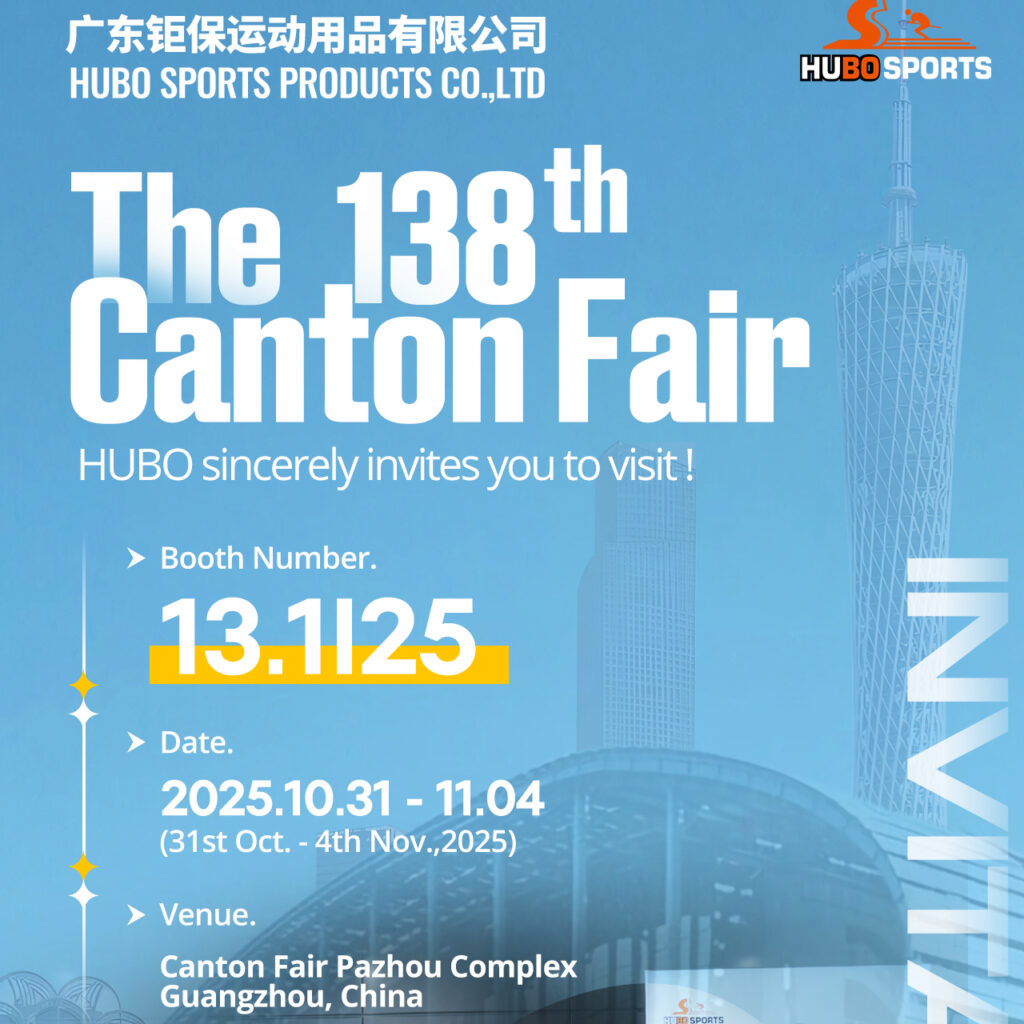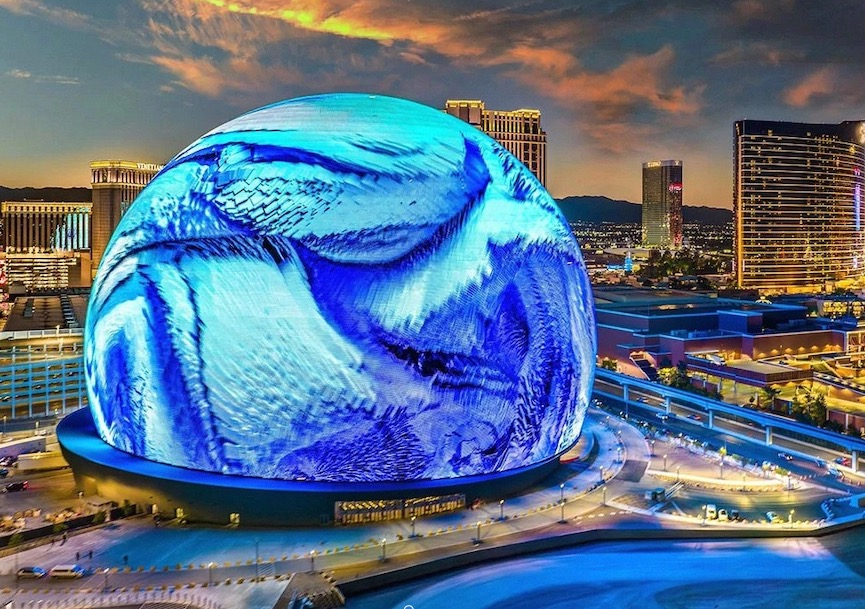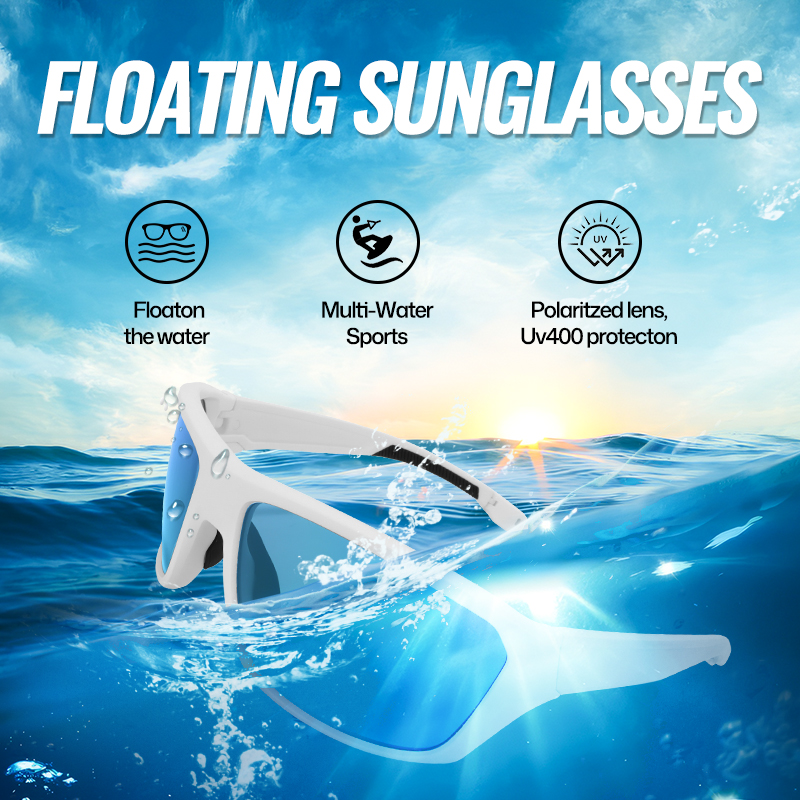스키나 스노보드를 타러 슬로프에 나설 때, 안전과 퍼포먼스를 위해 적절한 장비를 갖추는 것은 필수적입니다. 흔히 간과되는 중요한 장비 중 하나가 스키 고글입니다. 가시광선 투과율(VLT)의 의미와 적절한 스키 고글을 선택할 때 그 중요성을 이해하면 산에서의 전반적인 경험을 크게 향상시킬 수 있습니다.
이 종합 가이드에서는 스키 고글의 VLT가 무엇인지 자세히 알아보고, 렌즈 선택에 어떤 영향을 미치는지 살펴보며, 다양한 스키 조건에 맞는 최적의 스키 고글 VLT를 선택하는 방법을 알려드립니다. 자, 이제 스키 고글의 VLT에 대해 알아야 할 모든 것을 자세히 알아보겠습니다!
스키 고글의 VLT란 무엇인가요?

가시광선 투과율(VLT)은 고글 렌즈를 통과하는 빛의 양을 나타냅니다. 기본적으로 가시광선 중 눈에 도달하는 빛의 비율을 나타내며, 주변 환경이 얼마나 밝거나 어둡게 보이는지에 영향을 미칩니다. 즉, VLT 비율이 높은 렌즈는 더 많은 빛을 통과시켜 저조도 환경에 적합하고, VLT 비율이 낮으면 더 어두운 렌즈로, 밝은 환경에 적합합니다.
VLT가 스키어에게 중요한 이유
스키나 스노보드를 탈 때 마주치는 다양한 조명 조건을 고려하면 VLT의 중요성이 더욱 분명해집니다. 적절한 VLT 비율을 가진 적절한 렌즈를 선택하면 슬로프에서의 시야 확보와 전반적인 안전성이 향상됩니다.
예를 들어, 밝고 화창한 환경에서는 낮은 VLT 등급이 가장 효과적입니다. 렌즈를 통해 투과되는 빛의 양을 최소화하기 때문입니다. 이는 눈의 빠른 적응을 도울 뿐만 아니라 눈 위의 밝기를 줄여 지형을 더 잘 볼 수 있도록 합니다. 거꾸로흐린 날이나 평평한 빛과 같은 어두운 상황에서 높은 VLT 렌즈는 가시성 대비를 높여 렌즈 색조에 의한 제한을 느끼지 않고 더욱 자신감 있게 스키와 라이딩을 즐길 수 있게 해줍니다.
더욱이, VLT 등급이 다른 여러 쌍의 스키 고글을 사용하면 하루 종일 변화하는 조명 조건에 적응하는 데 도움이 될 수 있습니다. 예를 들어, 밝은 햇빛에는 VLT 등급이 낮은 고글을 사용하고, 야간 스키나 기타 어두운 환경에서는 VLT 등급이 높은 고글을 사용하면 항상 최적의 시야를 확보할 수 있습니다.
고글 렌즈 VLT 백분율 범주
올바른 것을 선택하는 것과 관련하여 스키 고글가시광선 투과율(VLT) 비율과 그 범주를 이해하는 것은 슬로프에서 최적의 시야 확보와 눈 보호에 필수적입니다. 각 고글에는 특정 가시광선 투과율(일반적으로 0.%에서 1.00% 사이)을 가진 렌즈가 장착되어 있으며, 이는 가시광선 투과율을 나타냅니다.
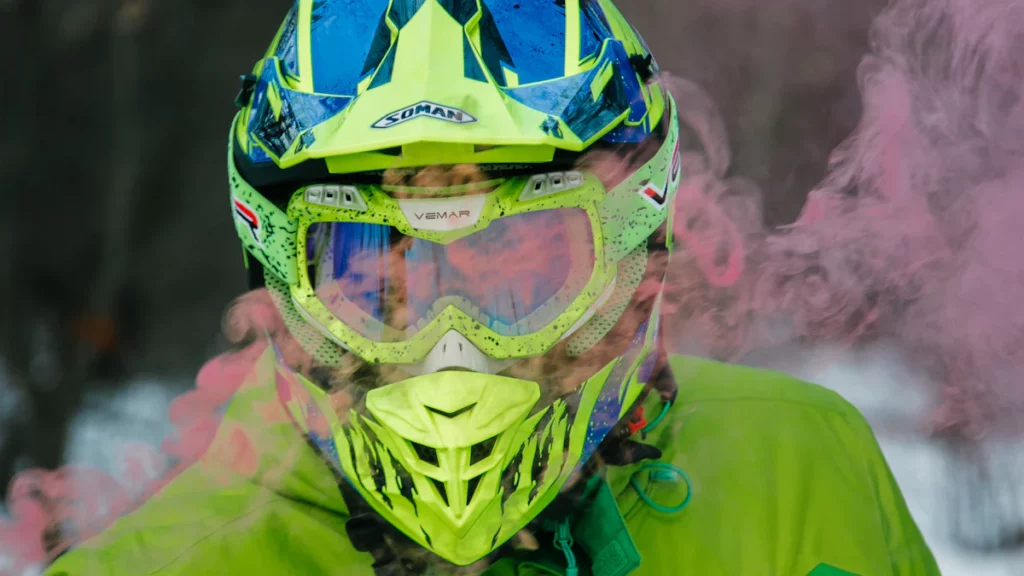
S0(80-100% VLT, 색조 없음 또는 매우 밝음)
이 범주에 속하는 고글은 가장 많은 양의 가시광선을 통과시키므로 이상적입니다. 매우 낮은 조명 조건. 이러한 렌즈는 시야가 크게 줄어드는 흐린 날이나 평평한 빛 속에서 스키를 탈 때 유용합니다.
S1(43-80% VLT)
이 카테고리의 렌즈는 다양한 조명 조건에서 다재다능함을 제공합니다. 부분적으로 흐린 날 또는 다음과 같은 상황이 있습니다. 적당한 자연광. 적당한 색조는 눈부심으로부터 적절히 보호하는 동시에 대비와 깊이 인식을 향상시키는 데 도움이 됩니다.
S2(18-43% VLT)
이 카테고리는 다양한 조명 조건에서 일상적으로 사용하기에 적합한 렌즈를 포함합니다. 이 렌즈는 중간에서 낮은 수준의 가시광선 투과율을 제공하여 맑은 날과 흐린 날 모두.
S3(8-18% VLT)
이 범주에 속하는 렌즈가 장착된 고글은 특별히 설계되었습니다. 밝고 화창한 날. 이 제품은 S0, 1, 2에 비해 더 어두운 색조를 제공하여 강렬한 햇빛과 눈부심으로부터 탁월한 보호 기능을 제공합니다.
S4(0-8% VLT, 매우 어두운 색조)
이 카테고리의 렌즈는 고지대 스키나 스노보드와 같은 매우 밝은 조건에 맞게 맞춤 제작되었습니다. 매우 맑은 날. 이 제품은 가시광선 투과를 최소화하여 최고 수준의 자외선 차단 기능을 제공합니다.
VLT에 대한 렌즈 색상의 영향
VLT 범주 외에도 렌즈 색상은 고글에 들어오는 빛의 양을 결정하는 데 중요한 역할을 합니다.
- 로즈(분홍빛이 도는 붉은색)와 앰버(노란빛이 도는 주황색): 이러한 색상은 대비를 강화하고 스키어가 까다로운 지형에서도 눈의 윤곽을 식별할 수 있게 하여 평평한 조명 조건에서 매우 우수한 성능을 발휘합니다.
- 파란색: 푸른색 렌즈는 안개나 눈 내리는 날씨처럼 빛이 부족한 상황에서 특히 효과적입니다. 높은 가시광선 투과율(VLT)을 제공하여 악천후 시 시야를 개선합니다.
올바른 VLT 카테고리 선택
적절한 VLT 등급의 스키 고글을 선택하는 것은 해당 지역의 기상 조건과 개인의 취향에 따라 달라집니다. 예를 들면 다음과 같습니다.
- 낮은 조명 조건: VLT 비율이 약 60%에서 90%까지 높은 S0~S2 범위의 고글을 선택하세요. 이 렌즈는 평평한 곳이나 흐린 날씨에서 향상된 가시성을 제공합니다.
- 화창한 날들: VLT 비율이 약 5%에서 20%까지 낮은 S3 또는 S4 등급의 고글을 선택하세요. 이 어두운 색조의 렌즈는 탁월한 자외선 차단 기능을 제공하고 밝은 낮 동안 눈부심을 줄여줍니다.
모든 조건에 가장 적합한 VLT는 무엇입니까?
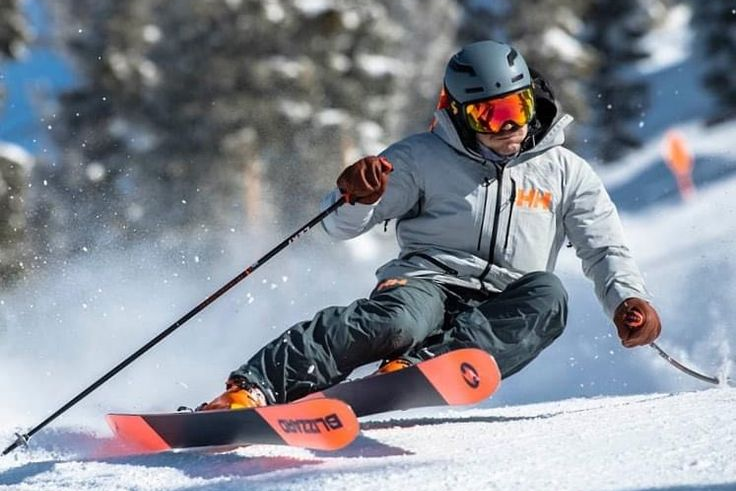
모든 조명 조건에 맞는 다재다능한 VLT 범위의 스키 고글을 선택하면 스키나 스노보드 활동 중에 적응성과 편의성을 제공할 수 있습니다. 광변색 렌즈더욱 다양한 VLT 비율을 제공하는 는 변화하는 조명 조건에 따라 색조를 자동으로 조절하기 때문에 하루 종일 사용하기에 특히 적합합니다. 이러한 적응형 기능은 다양한 기상 조건에서 일관된 가시성과 눈 보호 기능을 보장하여, 다재다능한 안경을 찾는 스키어에게 이상적인 선택입니다.
더욱이, VLT 등급이 다른 여러 쌍의 스키 고글을 사용하면 스키어들이 시야 품질 저하 없이 조명 조건을 원활하게 전환할 수 있습니다. 다양한 VLT 비율을 가진 고글을 사용하면 하루 종일 자연광 강도에 따라 렌즈를 손쉽게 교체할 수 있어 날씨 변화에 관계없이 최적의 시야를 확보할 수 있습니다.
눈 상태에 가장 적합한 VLT는 무엇입니까?
눈 덮인 지형을 활주할 때는 눈 상태에 맞춰 적절한 VLT 비율을 가진 스키 고글을 선택하는 것이 가시성과 대비도를 극대화하는 데 필수적입니다. 흐린 하늘이나 평평한 빛으로 인해 시야가 흐리거나 어두울 수 있는 날에는 높은 VLT 비율을 권장합니다. 약 60%에서 90%까지 높은 VLT 비율을 가진 고글은 이처럼 까다로운 조명 상황에서 시력을 향상시켜 스키어가 지형을 더욱 명확하게 식별하고 눈 덮인 풍경을 안전하게 활주할 수 있도록 도와줍니다.
또한, 눈 상황에 최적화된 스키 고글을 선택할 때 렌즈 소재와 안개 방지 기술을 고려하는 것이 중요합니다. 안개 방지 고글 렌즈 안쪽 표면에 결로 현상이 발생하는 것을 방지하여 최적의 가시성을 유지하는 데 중요한 역할을 하며, 춥거나 습한 환경에서도 일관된 빛 투과율을 보장합니다. 또한, 환기 시스템을 통합하여 김서림 문제를 해결하는 동시에 VLT(투과율) 수준을 일정하게 유지하여 눈이 내리는 환경에서도 더욱 선명한 시야를 제공합니다.
50% Vlt는 야간 스키에 적합합니까?
어두운 조명 조건에서 야간 스키 또는 라이딩을 하는 경우 가시광선 투과율(VLT) 등급 50%가 적합할 수 있습니다. 충분한 가시성을 제공하지 않음 상대적으로 어두운 색조로 인해 야간 스키나 해질녘 라이딩과 같이 극도로 어두운 환경에서는 적절한 밝기와 대비 인식을 보장하기 위해 약 43%에서 80%(S1) 사이의 VLT 비율을 권장합니다.
- 스키 전문가: "광변색 렌즈는 하루 종일 사용하기에 적합한 더 넓은 범위의 VLT 비율을 제공합니다."
- 검안사: "눈이 내리는 지형을 주행할 때 흐린 날이나 조도가 낮은 날에는 더 높은 VLT 등급을 권장합니다."
결론
결론적으로, 가시광선 투과율(VLT)의 개념과 적절한 스키 고글 선택에 있어서 그 중요성을 이해하는 것은 전반적인 스키 또는 스노보드 경험을 향상시키는 데 매우 중요합니다. VLT 비율이 가시성과 눈 보호에 어떤 영향을 미치는지 이해함으로써 스키어는 특정 조명 조건에 맞는 고글을 선택할 때 정보에 기반한 결정을 내릴 수 있습니다.

